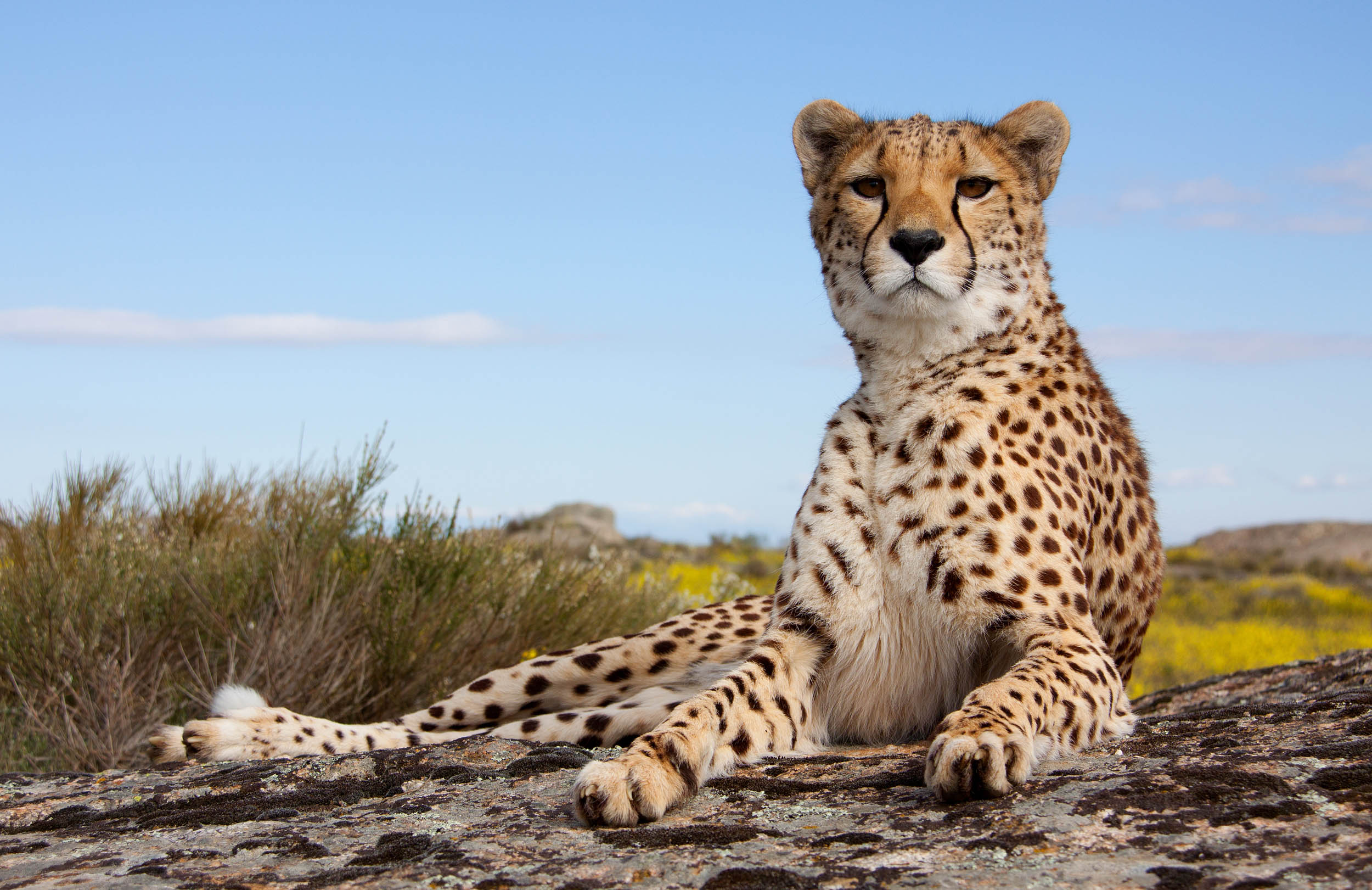
Big cat brain research baffles scientists
Scientists baffled by big cat brain research – as usual cats do exactly the opposite of what you expect.
Cats, the elusive, ornery species as famous for their grace as their characteristic nonconformity, are baffling researchers once again.
It has been reported in a study today that the brains of wild cats evolve in very different ways to fellow mammals.
Dr. Sharleen Sakai, neuroscientist at Michigan State University, led the study which suggests many factors influencing carnivores’ brain anatomy, beyond socialization. She commented, “Studying feline brain evolution has been a bit like herding cats – our findings suggest the factors that drive brain evolution in wild cats are likely to differ from selection pressures identified in primate brain evolution.”
Scientists believe that mammals who possess large frontal lobes are social creatures, which include humans and monkeys. However, in direct contradiction to this theory, cheetahs are also highly socialized, but their frontal lobes are relatively small, while leopards are solitary hunters and yet their frontal lobes are enlarged.
Dr. Sakai and her team obtained 75 wild feline skulls representing 13 species from museum collections. The researchers used CT scans and sophisticated software to digitally “fill in” the areas where the brains would have been present. By doing this, they could determine brain volume.
Dr. Sakai’s big cat brain research is attempting to understand factors which influence carnivore brain evolution. It is a common belief that making and retaining relationships is more demanding than solitary living and hence requires a larger brain.
“We wanted to know if this idea, called the ‘social brain’ hypothesis, applied to other social mammals, especially carnivores and, in particular, wild cats,” Dr. Sakai explained.
Her team’s big cat brain research included 13 wild feline species, 11 of which were solitary and two social. They made some surprising discoveries from this data:
- Overall brain size did not differ between the social and solitary species of wild cats – but the part of the brain that includes the frontal cortex did differ between them.
- The female lion had the largest frontal cortex; female lions are highly social, working together to protect and feed their young, hunt large prey, and defend their territory. In contrast, males may live alone and may be dominant in a pride for only a few years. The larger frontal cortex in females compared to male lions and the other wild cats may reflect lionesses’ demands for processing the social information necessary for life in the pride.
- The social cheetahs, in contrast, had the smallest overall brains and the smallest frontal cortex of the wild cats. Small brains weigh less and require less energy, factors that might contribute to the cheetah’s remarkable running speeds. “Cheetah brain anatomy is distinctive and differs from other wild cats,” Dr. Sakai described. “The size and shape of its brain may be a consequence of its unusual skull shape, an adaptation for high-speed pursuits.”
- Leopards’ frontal lobes were relatively large. Although the leopard is solitary, it is noted for its flexibility and adaptability – behaviors associated with enhanced brain processing and larger brain size in other species.
—
The full study can be read over at Frontiers in Neuroanatomy.













